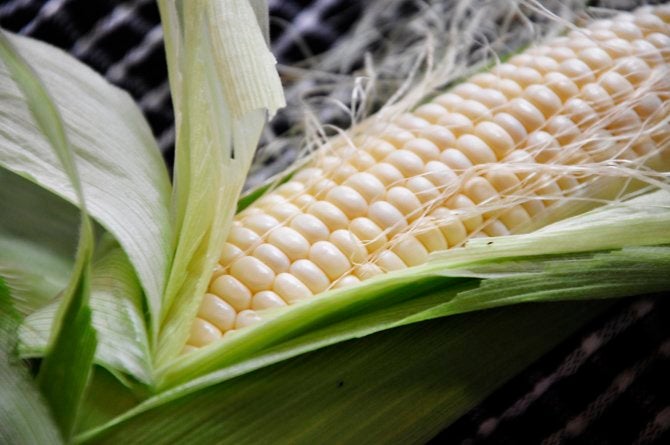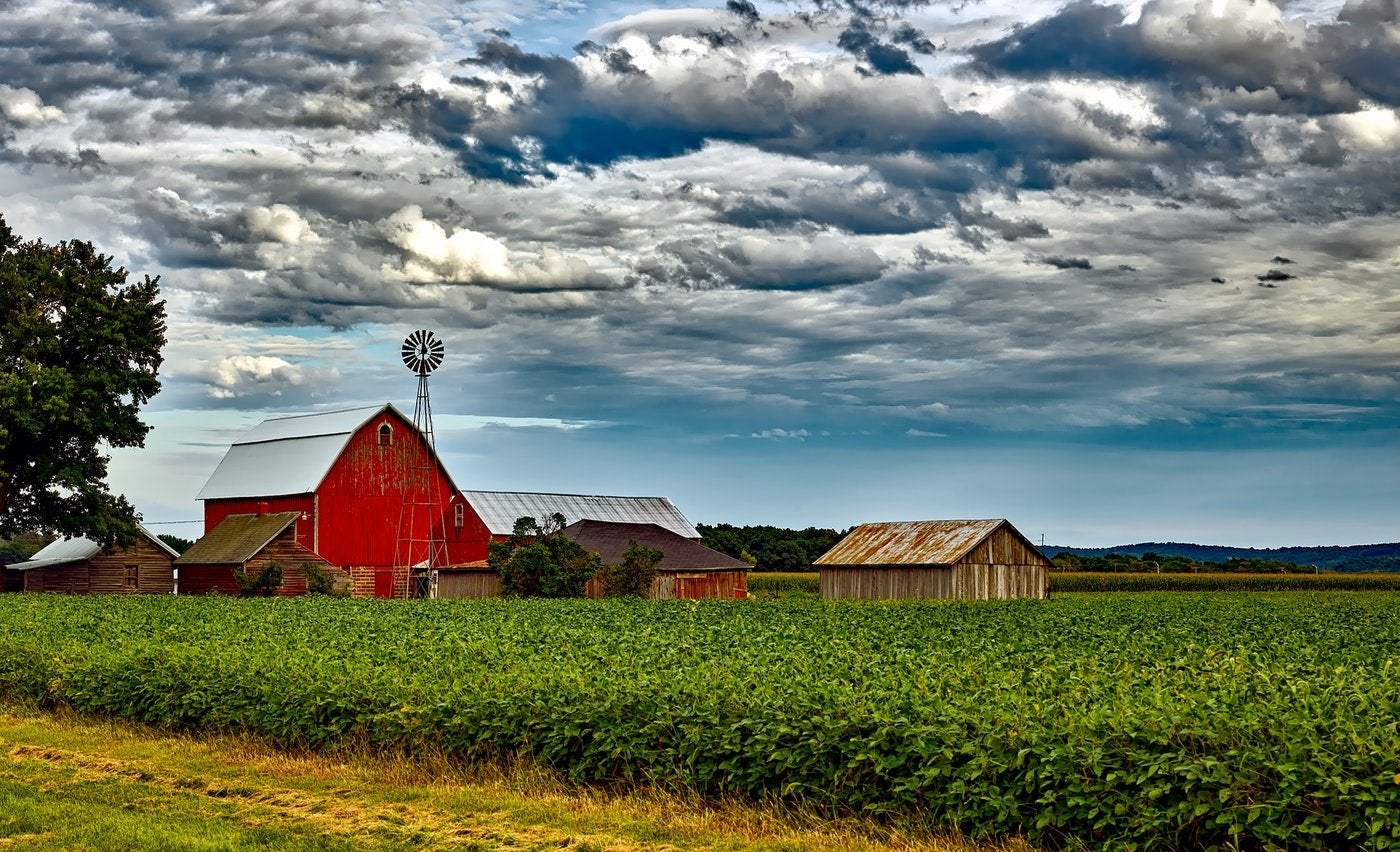Here’s something you don’t think much about every day; corn fields. We link the idea of cornfields to the midwest, a simple and humble life, and a plethora of fresh produce, but sadly, the mass production of corn in the US funds a lot of issues that we face in our country today.

Let’s start with the fact that corn is produced at much grander rates than other produce such as apples or broccoli. In fact, according to NASS, the US plants about 91.7 million acres of corn a year, which is way more than the second most planted crop; soybeans. Of course there’s a reason why we pump out corn like nobody’s business; because it is the base ingredient for almost everything we eat. Business Insider says that 3 in 4 foods in the grocery store are made with corn or corn derivatives. When you read the label of your favorite junk food, you’ll find that some form or derivative of corn is listed in every one of the ingredient lists. Some of the names can even be tricky to spot such as dextrose, fructose, maltodextrins, hydrol, or sorbitol to name a few. Usually these corn-based products are really high in trans fat, saturated fat and sugar, making them irresistible to snack on.

Unfortunately, the hidden truth behind mass production of corn is that it actually pushes for the over-consumption of unhealthy foods, which greatly influences the obesity rates in America. Corn is super cheap to farm and produce, which means that corn products are equally as cheap. For those who live in food deserts (areas of the country where the nearest grocery store could be 45 minutes away) or don’t have the means to afford fresh produce, corn products are the best option. High fructose corn syrup even extends the shelf life of products which is appealing to those who cannot always afford or have access to buy groceries every week.
In addition to corn products pushing unhealthy eating habits, the chemicals used in corn fields are heavily controlled and are linked to numerous lawsuits. If you’ve heard of RoundUp or the brand name Monsanto, you’ve probably heard quite terrible things. From representatives of the company coming to threaten farmers to use their pesticide products or GMO seeds, to the connection between cancer and the use of their pesticides, farmers are unfairly pushed into a corner and are heavily controlled by big corporations such as Monsanto.
The use of pesticides is not only harmful to the people who consume the products or distribute the pesticides, but it is super harmful to the environment as well. Pesticides are known to damage the natural ecosystem and biodiversity of the environment. Along with pesticide use, the continuous growing seasons of these massive corn fields leads to soil erosion and takes away the natural occurring minerals of the soil, leading to the use of even more chemicals to make up for the loss of natural properties.
The solution to fix this problem is multifaceted; starting at the very top with members of the USDA (who are known to have links to big-name corporations who make money off of corn products), working down to the farmers who are used as pawns to the industry. By raising awareness to this issue, we can stand up to the damaging cycle of overgrowing corn and demand a change in what other crops are prioritized.



